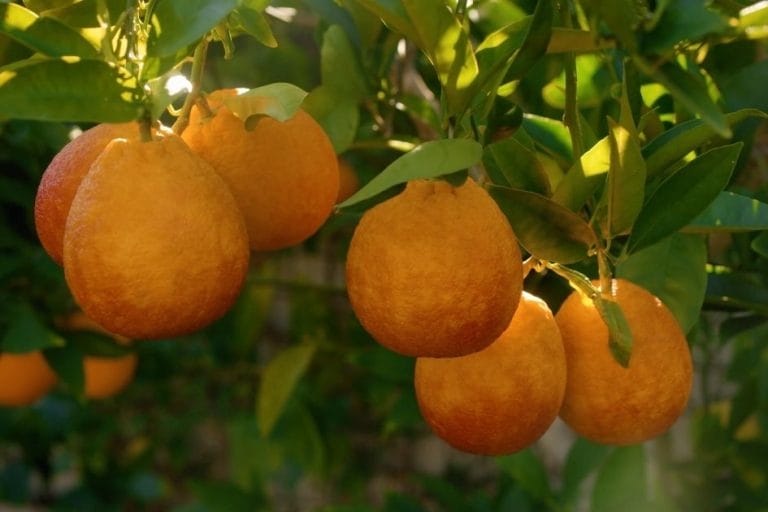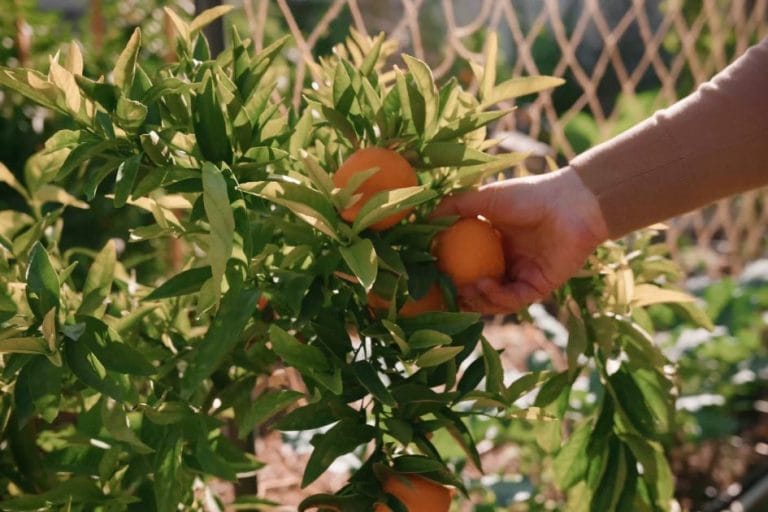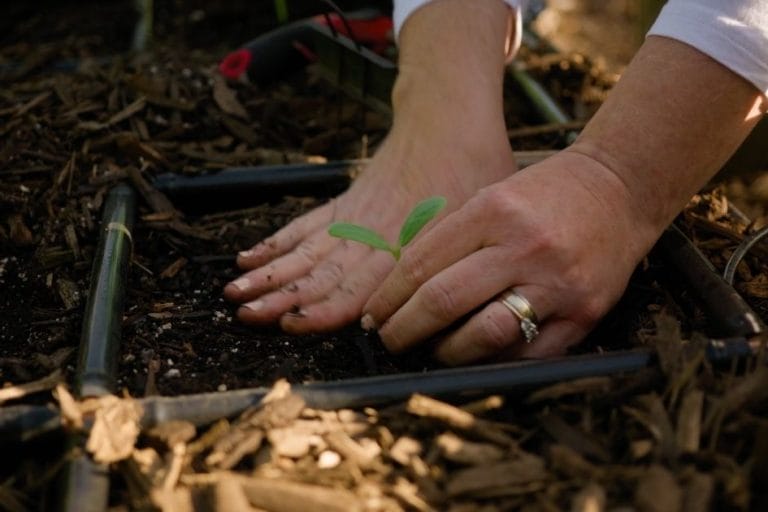Best Recipes for Okra
Tackling the Slime, Preserving the Harvest, and My Favorite Family Recipe
If you’ve ever shied away from cooking okra because of its reputation for being slimy, you’re not alone! But don’t let that stop you from enjoying this versatile and nutritious vegetable. When cooked correctly—using high heat or acid—the infamous “slime” can be easily managed, and you’ll be left with delicious, tender okra that’s perfect for various dishes. This article shares my favorite ways to cook and preserve okra and tells you how to use the larger pods in okra water. I’ll also include some of my favorite recipes that make the most of this Southern staple.
Article Index:
- Managing Okra’s Slime with High Heat and Acid
- Harvesting Young and Tender Pods for Recipes
- Using Larger Pods for Okra Water
- Freezing Okra for Year-Round Use
- My Favorite Family Recipe: Fried Okra
- Don’t Let Your Okra Go to Waste: Use These Tips
- Bonus: More of My Favorite Okra Recipes
Managing Okra’s Slime with High Heat and Acid
The mucilage, or “slime,” is a natural part of okra, but it doesn’t have to be a problem. This substance makes okra an excellent thickener for soups and stews, like the classic gumbo. However, when cooking it for other dishes, you can easily reduce the slime by using high heat or adding acid to your cooking process.
- High Heat: Cooking okra at a high temperature helps reduce the slime by sealing the outside quickly and allowing the pods to brown. Whether roasting, frying, or grilling, cooking okra quickly at a high temperature will make a huge difference.
- Using Acid: Adding an acid like lemon juice, vinegar, or tomatoes helps break down the mucilage, resulting in tender, non-slimy okra. This is why recipes like okra with tomatoes work so well!

Harvesting Young and Tender Pods for Recipes
When it comes to okra, younger is better for most recipes. The best time to harvest okra is when the pods are 2-3 inches (5-8 cm) long. At this size, they’re tender, easy to cook, and packed with flavor. Rinse the pods and trim off the stems; they’re ready for your favorite dishes.

Using Larger Pods for Okra Water
If you accidentally let your okra grow too large, don’t worry! When pods grow past 4 inches (10 cm), they can become fibrous and tough for cooking—but they’re still great for making okra water. You’ll know if they are too tough to eat when you slice them. Young pods slice easily, but older pods are difficult to cut through.
Okra water is rich in nutrients like fiber, vitamin C, and antioxidants, making it a healthy addition to your routine. Chop the large pods, soak them in water overnight, and strain the liquid the next day. You can even flavor it with lemon for a refreshing twist! Get the complete recipe and more information about the health benefits here.

Freezing Okra for Year-Round Use
If you have an abundant harvest, freezing is an easy way to ensure fresh okra throughout the year. Here’s my go-to method:
- Rinse the okra thoroughly and slice it into rounds.
- Lay the slices on a cookie sheet in a single layer and freeze them until solid. This prevents the slices from sticking together.
- Once frozen, transfer the okra to freezer bags and store them until you’re ready to use. Use within a year.

My Favorite Family Recipe: Fried Okra
This recipe has been passed down from my grandmother to my mother and now to me, and it’s hands down my favorite way to enjoy okra. It’s simple, crispy, and packed with flavor.

Ingredients:
- Fresh, young okra pods, rinsed and sliced thin
- Cornmeal for coating
- Coconut oil for frying
- Salt, to taste
Instructions:
- Start by rinsing your tender okra pods and slicing them thin. Save the ends and tips to make okra water if you’d like.
- Coat the okra slices in cornmeal, making sure they are evenly covered.
- Heat up a cast iron skillet and generously coat the bottom with coconut oil. You want enough oil for the okra to fry properly.
- Place the okra slices in a single layer in the skillet. Cook them on one side until they are well-browned.
- Flip the slices and brown the other side. Make sure they are cooked long enough to get crispy and tender.
- Add a pinch of salt at the beginning of the cooking process and more to taste once they are done.
- Drain the fried okra on a paper towel and serve immediately for the best crunch.
This dish is simple but full of flavor. It’s exactly how my mom used to make it for me, and her mom (who was from Mississippi) passed it down to her. For me, fried okra is comfort food at its finest!
Don’t Let Your Okra Go to Waste: Use These Tips
Okra is a tasty, versatile vegetable that deserves a spot on your plate year-round. Whether harvesting young pods for your favorite recipes, using overgrown pods for okra water, or freezing extras for later use, you can make the most of your okra crop with these simple tips. You can enjoy slime-free, delicious okra in many dishes with a few tricks, like using high heat or an acid.
Would you like to learn more about growing okra? This article is a good place to begin. For more vegetables that grow well during hot summers, see this guide.
Bonus: More of My Favorite Okra Recipes
If you’re looking for more ways to enjoy okra, check out these recipes that I love:
- Martha Rose Shulman’s Roasted Okra – I cook it a little longer than the recipe states. The thyme in this dish makes all the difference.
- Tempura Fried Okra – Tempura batter takes fried okra to a new level of crispiness.
- Cheese and Bacon Okra Poppers – I add chopped jalapeños to the cream cheese for an extra spicy kick.
- Okra Succotash – A classic summer side dish that pairs perfectly with fresh garden tomatoes and corn.
- Grilled Okra – Toss a few okra pods on the grill when cooking other items; it’s quick, easy, and flavorful.
- Okra with Tomatoes – This recipe is best with garden-fresh onions, garlic, and tomatoes. It’s like summer on a plate!
With these tips and recipes, you’ll never have to worry about what to do with your okra harvest. Whether it’s a family recipe passed down through generations or a new twist on a classic, there’s always a delicious way to enjoy this Southern favorite!









1 comment on "Best Recipes for Okra"